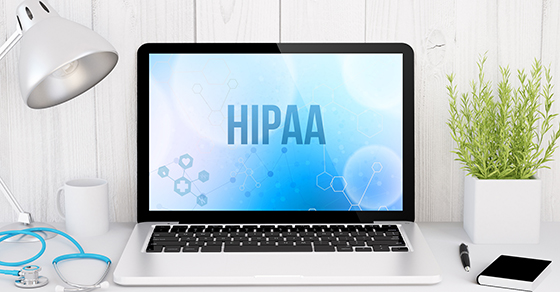Make your nonprofit’s accounting function more efficient

How efficient is your not-for-profit? Even tightly run organizations can use some improvement — particularly in the accounting area. Adopting the following six tips can help improve timeliness and accuracy.
- Set cutoff policies. Create policies for the monthly cutoff of invoicing and recording expenses — and adhere to them. For example, require all invoices to be submitted to the accounting department by the end of each month. Too many adjustments — or waiting for different employees or departments to turn in invoices and expense reports — waste time and can delay the production of financial statements.
- Reconcile accounts monthly. You may be able to save considerable time at the end of the year by reconciling your bank accounts shortly after the end of each month. It’s easier to correct errors when you catch them early. Also reconcile accounts payable and accounts receivable data to your statements of financial position.
- Batch items to process. Don’t enter only one invoice or cut only one check at a time. Set aside a block of time to do the job when you have multiple items to process. Some organizations process payments only once or twice a month. If you make your schedule available to everyone, fewer “emergency” checks and deposits will surface.
- Insist on oversight. Make sure that the individual or group that’s responsible for financial oversight (for example, your CFO, treasurer or finance committee) reviews monthly bank statements, financial statements and accounting entries for obvious errors or unexpected amounts. The value of such reviews increases when they’re performed right after each monthly reporting period ends.
- Exploit your software’s potential. Many organizations under use the accounting software package they’ve purchased because they haven’t learned its full functionality. If needed, hire a trainer to review the software’s basic functions with staff and teach time-saving shortcuts.
- Review your processes. Accounting systems can become inefficient over time if they aren’t monitored. Look for labor-intensive steps that could be automated or steps that don’t add value and could be eliminated. Often, for example, steps are duplicated by two different employees or the process is slowed down by “handing off” part of a project.
Contact us. We can help review your accounting function for ways to improve efficiency.
© 2018




















